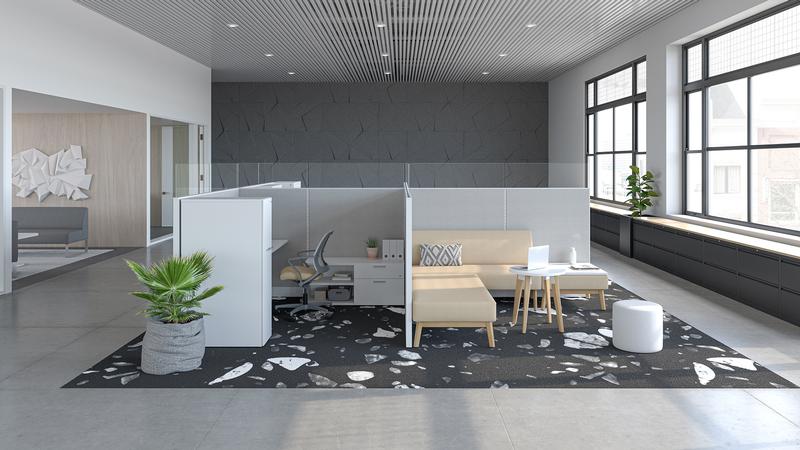In workplaces where people from different ages work together, there might be differences in ideas as well as conflicts. But what if the secret to unlocking the next wave of workplace innovation isn’t just about technology or perks, but about how we design the very spaces where Gen Z and Millennials meet, mingle, and make things happen? These two generations are rewriting the rules of work, and the most successful organizations are those that create environments where their unique strengths blend seamlessly. Through intentional office interior design, strategic corporate interior design, and the power of modular furniture, you can transform your workspace into a magnet for creativity, collaboration, and well-being.
Understanding Gen Z and Millennials: Digital Natives, Different Needs
Gen Z and Millennials may both be digital natives, but their workplace preferences aren’t identical. Millennials, born between 1981 and 1996, are known for their love of collaboration, open communication, and a strong desire for purpose-driven work. They thrive in flexible, open environments, gravitate toward communal tables, and value vibrant, energetic spaces that support both teamwork and informal interaction.
Gen Z, born from 1997 onward, brings a different flavor to the mix. While they’re even more tech-savvy, they value structure, order, and a sense of predictability. Gen Z wants the option for privacy and focused work, even as they champion diversity, inclusion, and real-time feedback. They expect seamless technology, flexible schedules, and spaces that support both collaboration and solo productivity.
The challenge for office interior design and corporate interior design is to create a workplace that bridges these preferences, making room for both the buzzing energy of Millennials and the thoughtful focus of Gen Z.
Corporate Interior Design Approaches for a Unified, Multi-Generational Workplace
A winning corporate interior design strategy for Gen Z and Millennials starts with adaptability. The key is to provide a variety of spaces that can flex with the needs of the moment. Open-plan layouts with communal tables and lounge zones cater to Millennials’ collaborative spirit, while private pods, breakout rooms, and quiet corners give Gen Z the structure and privacy they crave.
Technology integration is non-negotiable. Both generations expect high-speed connectivity, digital collaboration tools, and tech-enabled furniture. Smart boards, wireless charging stations, and video conferencing setups should be woven into the very fabric of the workspace.
Sustainability and wellness are also top priorities. Both generations want to work for organizations that care about the environment and employee health. Biophilic design, eco-friendly materials, and spaces for mindfulness or relaxation set the tone for a workplace that feels good and does good.
The Role of Modular Furniture: Flexibility Meets Function
Modular furniture is the backbone of modern office interior design and corporate interior design for Gen Z and Millennials. Its greatest strength is flexibility. Modular desks, collaborative tables, and movable seating allow teams to reconfigure their environment on the fly. Need a brainstorming session? Rearrange the tables into a creative cluster. Craving focus? Slide in some privacy panels and create a quiet zone.
Height-adjustable desks are a must-have for both generations, supporting movement and well-being throughout the day. Modular lounge seating, such as sectional sofas and bean bags, creates inviting spaces for casual meetings or relaxation. Stacking and nesting chairs make it easy to scale up for team events or tuck away for solo work.
Personal storage solutions, like modular lockers, help maintain a tidy, organized environment-especially important for Gen Z, who value order and predictability. Occasional tables, movable whiteboards, and flexible partition walls ensure that every inch of the office can be adapted to the needs of the moment.
Design for Collaboration and Privacy
One of the most effective ways to unite Gen Z and Millennials is to design for both collaboration and privacy. Millennials will gravitate toward open spaces with communal tables, soft seating, and vibrant colors. These areas should be equipped with modular furniture that can be rearranged for group projects, social gatherings, or quick huddles.
For Gen Z, offer private pods, focus rooms, or areas with low partitions that provide a sense of enclosure without sacrificing openness. Modular cubicles, acoustic panels, and flexible screens allow for quick transitions between solo work and teamwork. The result is an office interior design that supports every work style, every day.
Creative and Lively Atmospheres
Both generations want to work in spaces that energize and inspire. Corporate interior design should embrace bold colors, natural light, and artful touches that reflect the company’s culture and mission. Modular furniture with customizable finishes and fabrics lets you create a workspace that feels fresh and engaging.
Lively break areas, game rooms, and informal lounges equipped with modular seating and collaborative tables encourage spontaneous interaction and help build a sense of community. These spaces are where cross-generational bonds are formed, ideas are sparked, and company culture comes to life.
Tech-Ready, Wellness-Focused Spaces
Gen Z and Millennials expect their workplace to be as tech-enabled as their personal lives. Office interior design should incorporate modular furniture with built-in power, USB ports, and cable management. Smart desks, digital booking systems, and interactive screens make it easy to work anywhere, anytime.
Wellness is equally important. Modular lounge chairs, sit-stand desks, and quiet zones for meditation or relaxation show employees that their health matters. Plants, natural materials, and views of the outdoors enhance well-being and reduce stress, making the office a place people want to be.
Key Takeaways
- Office interior design that blends open collaboration zones with private focus spaces unites Gen Z and Millennials.
- Corporate interior design should prioritize adaptability, technology integration, sustainability, and wellness.
- Modular furniture-including height-adjustable desks, collaborative tables, flexible seating, and personal storage-empowers employees to shape their environment.
- Creative, lively atmospheres and wellness-focused amenities foster community, engagement, and productivity.
- The future of work belongs to offices that flex, adapt, and inspire-bringing generations together to create something greater than the sum of their parts.
Conclusion
The future of work is being shaped by Gen Z and Millennials, and the key to bringing them together lies in office interior design, corporate interior design, and modular furniture. By creating flexible, tech-savvy, and wellness-focused spaces, organizations can foster collaboration, creativity, and connection across generations. When design puts people first, the workplace becomes more than just a place to work-it becomes a community where everyone can thrive.
Frequently Asked Questions (FAQ):
How does office interior design help Gen Z and Millennials collaborate?
Office interior design provides a mix of open, collaborative spaces and private, focused zones. Modular furniture allows teams to reconfigure their environment for any task, supporting both group work and individual productivity.
Why is modular furniture essential in corporate interior design for younger generations?
Modular furniture offers the flexibility, tech integration, and personalization that Gen Z and Millennials expect. It enables quick adaptation to changing needs, making the office more dynamic and enjoyable.
What features should a workplace include to attract and retain Gen Z and Millennial talent?
A successful workplace blends adaptable modular furniture, tech-ready workstations, wellness amenities, and a vibrant, inclusive atmosphere-reflecting the values and preferences of both generations.

